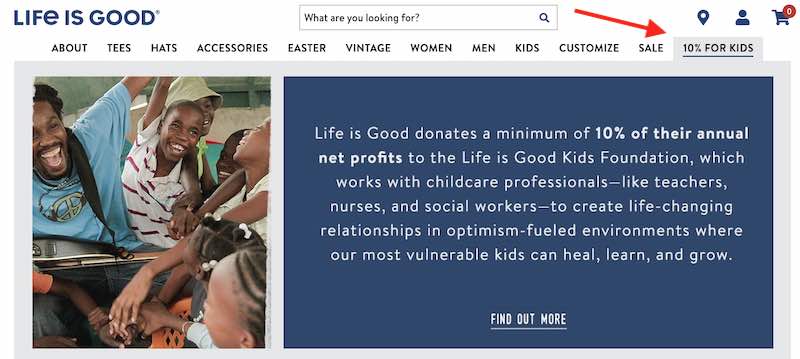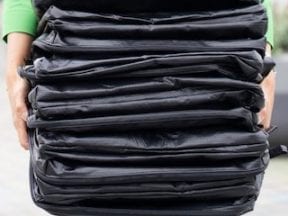Ecommerce became a critical supply line during the pandemic. Some of the habits will stick as consumers are likely to shop online for more categories than before.
Beyond shopping, however, Covid-19 has shone a light on the next big crisis: the environment. Younger consumers are especially sensitive about global warming and the world they are inheriting. Does it affect the way they shop? What can merchants do to make their operations greener?
When two industry leaders focus on environmental issues, perhaps it’s time that we all think about how those concerns might affect ecommerce now and in the near future.
Amazon, Shopify
Jeff Bezos has committed $10 billion via the Bezos Earth Fund to accelerate science, activists, and non-governmental organizations. Amazon itself has committed to purchase 100,000 electric delivery trucks. The company’s goal is to become carbon neutral by 2040.
Shopify is buying 15,000 metric tons of carbon offsets from direct air capture companies. Direct air capture gathers carbon from the air using enormous fans and a chemical process to store it in the ground. In time, direct air capture (together with forestry and other natural solutions) will be important because it pulls in carbon that has already been emitted.
But Shopify has gone beyond offsetting its emissions and has made significant strides to reduce its carbon footprint, mainly through renewable energy. Real reductions in emissions are critical because we can’t offset ourselves out of the environmental crisis. We all have to reduce emissions and recover the excess carbon that has already been emitted.
Consumers
This all points to the connection with ecommerce. After all, ecommerce is not exactly good for the environment.
There’s growing evidence that consumers are beginning to care more about the environmental impact of their shopping. For example, a Wunderman Thompson survey found that 85 percent of U.S. Generation Z consumers (birthdates 1997 to 2012, roughly) believe that brands are more than just profit. Eighty percent believe brands should make people’s lives better.
This trend will grow. Already 18 percent of Generation Z consumers say that they are swayed by brands’ ethics when deciding on a purchase. For brands and retailers, this means adopting ethical sourcing, appropriate packaging, recycled containers, deposit and return schemes, and low carbon delivery. All will become increasingly important since Gen Z is tomorrow’s shoppers.
Brands with a core purpose should feature it prominently to attract and convert consumers. There are many examples of this. Life Is Good (apparel) donates 10 percent of profits to kids in need. Toms (shoes) donates a pair of shoes for every pair sold. And Patagonia (outdoor apparel), an environmental brand to its core, has committed to ethical sourcing, recycling, and carbon neutrality.

Life Is Good donates 10 percent of profits to kids in need.
But brands without a strong public purpose can take practical steps to environmental improvement. The first is to focus on real carbon reductions. Carbon offsets do not reduce emissions and should not be promoted as such. Doing so would backfire. Consumers aren’t stupid. They will judge brands on what they do, not on slick advertising promises.
3 Steps to Greener Ecommerce
Practical steps to implement immediately include:
- Focus on your supply chain. Ninety-five percent of your company’s emissions likely come from its overall supply chain. Small changes have a big impact. A simple tactic is to ask suppliers to calculate the carbon footprint of the products you are purchasing. This serves two purposes: It tells them you are monitoring the carbon footprint, and it facilitates the comparison of suppliers.
- Offer a green shipping alternative. Not all purchases are urgent. Offering a slower and greener delivery option is an easy way of showing you share your customers’ values. Allowing shoppers to bundle purchases into fewer deliveries can help, too. And packaging is critical; it’s also what customers will likely remember.
- Switch to renewable electricity. This is one of the easiest ways to reduce carbon emissions. It will likely cost a bit more, however.
It’s easy to be overwhelmed by global warming. Many consumers are unsure how to make a difference. Greener ecommerce is a simple way to tap into that frustration — and make meaningful environmental contributions.




